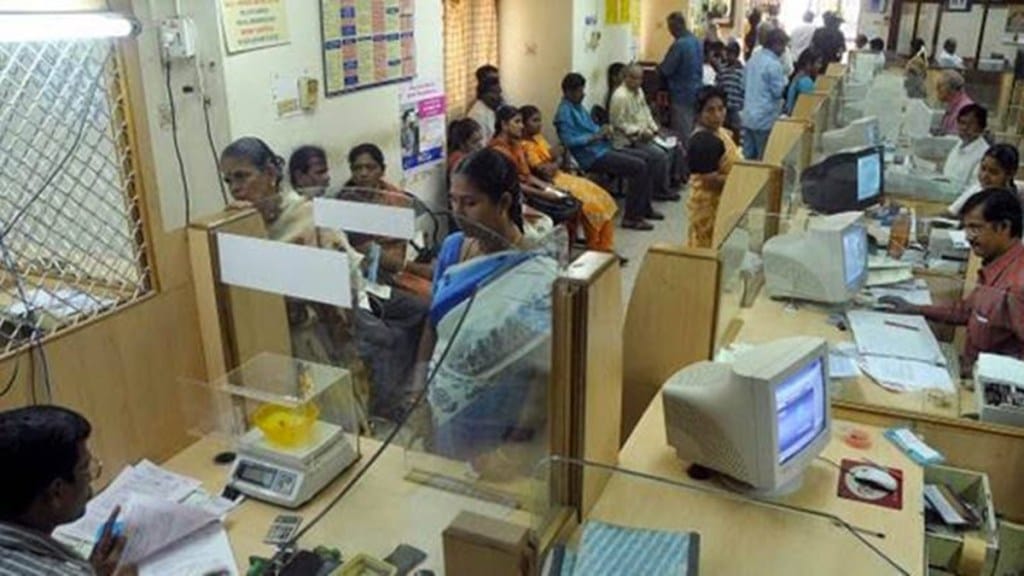Gross non-performing assets (GNPAs) of Indian banks fell by a whopping 26%, or Rs 2.14 trillion, to Rs 6.04 trillion as on Q3FY23 from a peak of Rs 8.19 trillion during Q1FY22, data compiled by FE showed.
Largest lender State Bank of India saw its GNPAs reducing from Rs 1.34 trillion in Q1FY22 to Rs 98,347 crore as on December 31, 2022, while Punjab National Bank’s gross NPAs fell to Rs 83,584 crore from Rs 1.04 trillion during the same period. Overall, PSU banks’ GNPAs reduced by Rs 1.53 trillion since Q1FY22.
Private sector major ICICI Bank saw its GNPAs falling to Rs 32,528 crore as on December 31 from Rs 43,148 crore during Q1FY22. HDFC Bank, however, saw a rise in its absolute GNPAs from Rs 17,099 crore in Q1FY22 to Rs 18,764 crore as on December 31, 2022. Overall, private banks’ GNPAs reduced by Rs 60,725 crore since Q1FY22.
Also read: RBI slaps Rs 3 crore penalty on Amazon Pay India for violating KYC norms, prepaid payment provisions
In view of lower NPAs, banks’ provisions and contingencies also witnessed a correction.
Accordingly, lenders’ net NPAs fell from a high of Rs 2.54 trillion in Q1FY22 to Rs 1.48 trillion during Q3FY23, Capitaline database showed.
Data from 12 public sector banks and 19 private sector lenders show total provisions and contingencies fell to Rs 38,843 crore during the quarter ended December 2022 from Rs 56,621 crore as on June 30, 2021.
As the asset quality improved, lenders’ bottom line also showed an improvement. A total of 31 banks reported a combined net profit of Rs 65,315 crore during Q3FY23, compared with Rs 32,080 crore during Q1FY22.
Going ahead in FY24, lenders’ asset quality is likely to continue improving due to lower incremental slippages, reduction in special mention accounts (SMAs), restructuring of portfolios and a healthy growth in advances, analysts said.
“A decline in overall stressed assets (GNPA plus restructured assets) due to reduction in GNPAs on account of resolution and/or write-offs and improvement in restructured assets with control on asset slippages is expected to continue. Hence, GNPAs could reach the pre-AQR levels of around 3.8%, while additional efforts would be required so that the GNPA ratio moves lower than this number,” rating agency CareEdge said in a report on Thursday.
Also read: Axis Citi buy will lead to one-time loss in Q4: Analysts
According to India Ratings & Research, banks would continue to build on their strengths by improving the headline asset quality metrics and lower credit costs. Banks have been asked to shift to the expected credit loss or ECL model for forming provisions for bad loans, and when final guidelines are issued, it could begin to have a material impact on provisions that banks may be required to make, it added.
“India Ratings expects GNPA and NNPA for the system to be 3.3% and about 1%, respectively, in FY24. Provision cover will remain at current levels of about 75%, aided by legacy provisions and decreasing net slippages,” it said.

